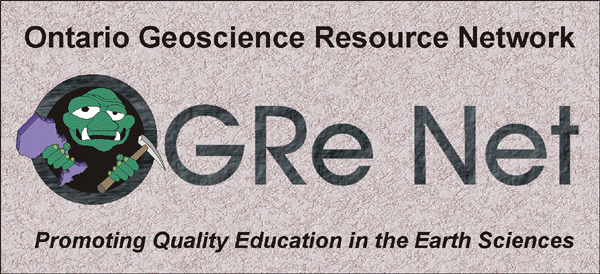 Plate Tectonics
Plate Tectonics
Earth’s outer shell, or lithosphere,
is in constant motion. The lithosphere, includes the crust and uppermost
mantle of our planet and is composed of different plates that shift because
of Earth’s internal mechanisms.
The movement of lithospheric plates produce landmasses and their mountains and the oceans basins. There are seven major plates: North American, South American, Pacific, African, Eurasian, Australian, and Antarctic plates. There are other plates but they are relatively small compared to these major ones.
The processes responsible for plate movement are very complex, but one mechanism that is relatively easy to visualize involves the unequal distribution of heat within the earth, which drives the movement of plates at an average speed of about 5 centimetres per year.
To understand exactly how heat convection and gravity works, imagine you left a pot of soup on the burner unattended. Eventually a crusty scum would form on top of the liquid soup. Now what would happen if you turned up the heat ? Cracks would develop in the layer of scum, breaking it up into smaller pieces. In some places, some of the liquid soup would be injected into the cracks, eventually cooling and hardening to form new scum. Areas of the scum fragments that have cooled would start sinking below other fragments (because these cool bits have become more dense), eventually melting and becoming incorporated back into the liquid soup. This is plate tectonics in a pot !
The movement of the Earth’s lithospheric plates occurs in a similar way as the scum on soup, except that the scum is hard, brittle rock and the flowing material beneath it is rock in a near-liquid state (this comprises material of the asthenosphere or “weak sphere”). The lithosphere underlying the oceans is constantly being recycled as new lithosphere is formed at mid-ocean ridges and old, cool and dense lithosphere is pulled under adjacent plates. The lithosphere underlying the continents on the other hand is lighter than that of the oceans and basically floats around on the asthenosphere, bumping into other pieces of continental lithosphere in some places and splitting up into smaller pieces in others.
In some areas of the world,
like the Mid-Atlantic Ridge, plates move away from one another, allowing
new lithosphere to form at their juncture. This type of plate boundary
is called a divergent boundary because the plates are diverging from one
another. In other areas such as the western edge of South America (and
North America),
plates are observed to converge such that one plate is pushed beneath another.
This is called a convergent boundary. Yet another situation can exist
where two plates move alongside one another. This is called a transform
margin (defined by a transform fault). In effect, the lithospheric plates of the Earth are like
several interacting conveyor belts.


